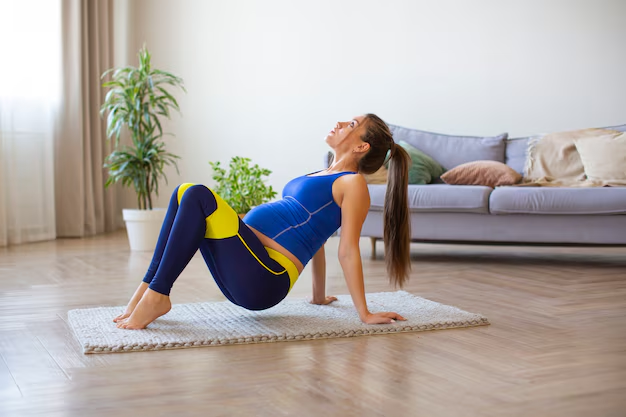Effective Strategies to Manage Urinary Incontinence and Explore Financial Assistance Options
Urinary incontinence can be a challenging condition, impacting the daily lives of millions of people worldwide. If you're experiencing this issue, you're not alone—and there are effective ways to manage it. From lifestyle changes and medical treatments to exploring financial assistance programs, let's delve into how you can regain control and explore helpful resources.
Understand the Basics of Urinary Incontinence
Urinary incontinence is the involuntary leakage of urine and can result from a variety of causes such as weakened bladder muscles, hormonal changes, or underlying health conditions. This condition can affect anyone, but it's most common in older adults and women.
Lifestyle Modifications for Better Bladder Control
Exercise Regularly
Incorporating targeted exercises like Kegel exercises can significantly strengthen pelvic floor muscles, reducing instances of leakage.
Dietary Changes
Avoiding bladder irritants—such as caffeine, alcohol, and acidic foods—can help minimize urge and frequency, making daily life more manageable.
Stay Hydrated
While it may seem counterintuitive, drinking enough water prevents the urine from becoming too concentrated, which can irritate the bladder.
Medical Interventions and Supports
Medication and Treatment
Various medications can reduce symptoms of urinary incontinence. Consult with a healthcare provider to explore options such as anticholinergics or alpha-blockers, which can help manage urges and improve bladder function.
Medical Devices and Surgery
In some cases, devices like urethral inserts or surgical procedures may be recommended. Discuss all options with your doctor to find the best fit for your situation.
Explore Supportive Products
Invest in protective pads or absorbent underwear, which can offer discreet support and peace of mind. These products are widely available and can significantly improve quality of life.
Financial Assistance and Resources
Recognizing the financial burden associated with managing urinary incontinence, there are aid programs and financial resources that might assist you.
Medicare and Medicaid: These programs may cover some costs associated with managing urinary incontinence, including certain medical treatments, medications, and devices. It's worth investigating if you qualify for these benefits.
Supplementary Insurance: Consider additional insurance plans that specialize in covering chronic conditions, providing broader coverage for treatments and supplies.
Charitable Organizations: Some non-profits offer financial support and supply donations for those struggling with the cost of incontinence care.
Educational Opportunities and Financing Options
Managing a health condition often leads to unplanned expenses, potentially impacting your financial health. Fortunately, a range of financial planning tools and educational resources can dovetail with your tendency toward better health management:
Debt Relief Programs: These services help restructure or even reduce personal debt, providing financial relief and peace of mind.
Credit Counseling: Access professional financial guidance to better manage expenses related to chronic health conditions, potentially improving your financial outlook.
Government Educational Grants: They can fund career advancement or retraining, aimed at enhancing earning capacity which indirectly eases the burden of medical expenses.
Managing urinary incontinence doesn't have to be overwhelming. By taking proactive steps to improve your bladder health and exploring available financial and educational resources, you can effectively address this condition and improve quality of life.
Financial and Educational Resource Quick Reference:
- 🚑 Medicare and Medicaid: Check eligibility for incontinence-related coverage.
- 💳 Supplementary Insurance Plans: Explore broader medical coverage.
- 🎗️ Charitable Organizations: Find nonprofits offering financial aid.
- ⚖️ Debt Relief Programs: Consider options for managing debt.
- 📚 Credit Counseling: Utilize financial planning services.
- 🏫 Government Educational Grants: Look into funding for career advancement.

Related Topics
- a Patient You Are Caring For Uses Incontinence Briefs
- Are Incontinence Products Tax Deductible
- Are Incontinence Supplies Covered By Medicare
- Are Incontinence Supplies Tax Deductible
- Can a Bladder Infection Cause Urinary Incontinence
- Can a Kidney Stone Cause Incontinence
- Can a Urinary Tract Infection Cause Incontinence
- Can a Uti Cause Incontinence
- Can Constipation Cause Incontinence
- Can Constipation Cause Urinary Incontinence